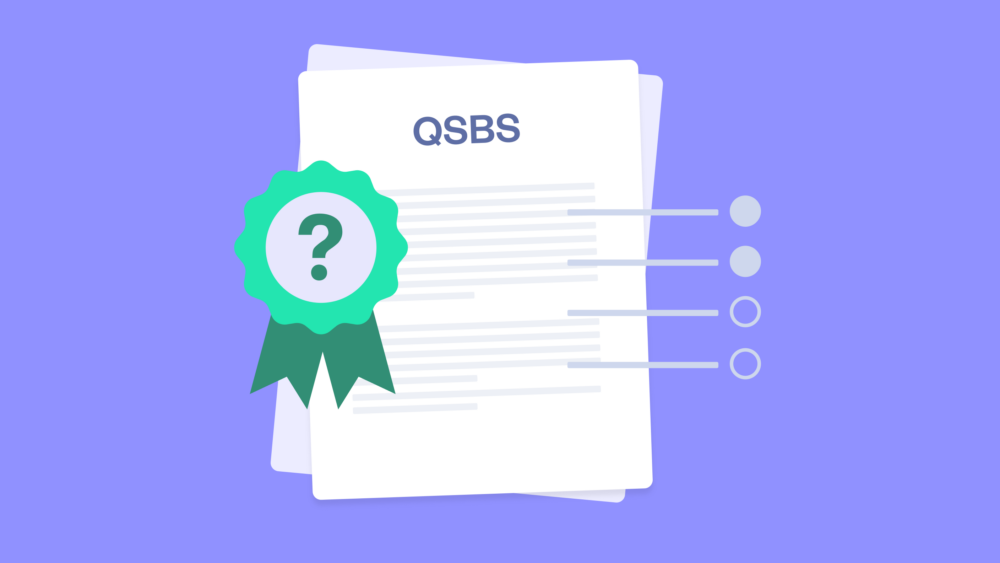Marketing to win: What VCs expect (but no one teaches)
York Effect’s Tova Feldheim joins SeedLegals CEO Anthony Rose to unpack how storytelling, user research and smart market...
Investors seeking to maximize their tax saving are asking whether a Simple Agreement for Future Equity (SAFE) be considered “stock” under Section 1202 of the Internal Revenue Code.
It’s not clear how SAFEs are treated for tax purposes in relation to qualified small business stock (QSBS). In this article, we’ll explain why SAFEs can be tricky when it comes to QSBS treatment, plus what can be done to give stockholders the best chance of qualifying for the tax relief.
The QSBS tax exemption lets investors in eligible small businesses exclude up to 100% of capital gains from federal tax – up to $10 million or ten times their original investment, whichever is higher.
For startup investors and founders, this exemption can mean the difference between a large tax bill and a tax-free gain.
Take a look at our articles on QSBS for investors and QSBS for founders for a deep dive into this topic, which explains it in more detail.
SAFEs are a popular choice for investing in early-stage startups. Unlike traditional equity, a SAFE gives investors a right to future stock in the company, usually activated by a triggering event (typically, it’ll be a priced funding round).
But SAFEs don’t have some of the rights that come with equity – they don’t offer ownership, voting rights, or a place on the company’s cap table until a triggering event converts them into stock.
This hybrid nature – being ‘future equity’ without immediate ownership – is why there are questions of whether the IRS might recognize SAFEs as “stock” for the QSBS exemption.
One of the requirements to benefit from the QSBS tax relief is for the investor to have held the stock for five years.
Say we have two investors Alex and Jenny, each investing $100,000 in a startup in 2023. Alex simply buys preferred stock, while Jenny opts for a SAFE that’s expected to convert in a priced round in 2025.
Because Alex received stock at the time of investment, his five-year QSBS clock begins in 2023, and he can claim the QSBS exemption if he sells in 2028 or later.
But Jenny’s five-year clock is less certain. If the Internal Revenue Service (IRS) rules that a SAFE does not constitute stock until conversion, Jenny’s QSBS clock would start in 2025 when conversion takes place. Jenny would only be eligible for the exemption in 2030 or later – extending her holding period by two years compared to Alex.
That’s why it’s important to understand whether SAFEs do constitute “stock” for these purposes – it impacts the timing of the tax benefit they receive.
The IRS hasn’t clarified whether SAFEs can be considered “stock” for QSBS purposes (they’ve not announced any plans to issue guidance on this either). This leaves SAFEs in a bit of a gray area.
Here are the main arguments for and against their qualification.
If you want to ensure your SAFE investors get QSBS relief sooner, here’s a breakdown of options and considerations:
Book a free call with our team to find out how we can help with your fundraise.
Want to try SeedLegals for free first? Start your 7-day free trial.
Bring all your questions - we’ve got the answers! We’ll match you with the right specialist.








